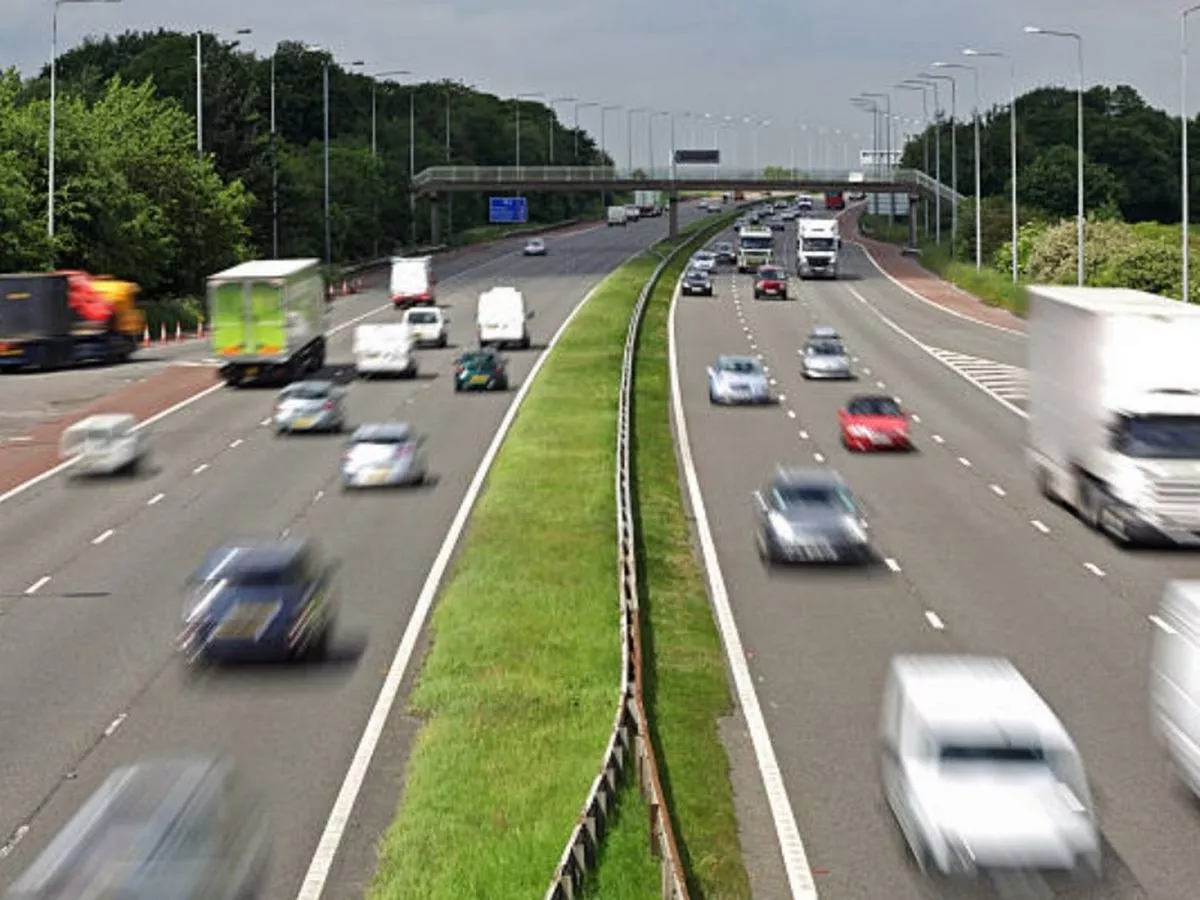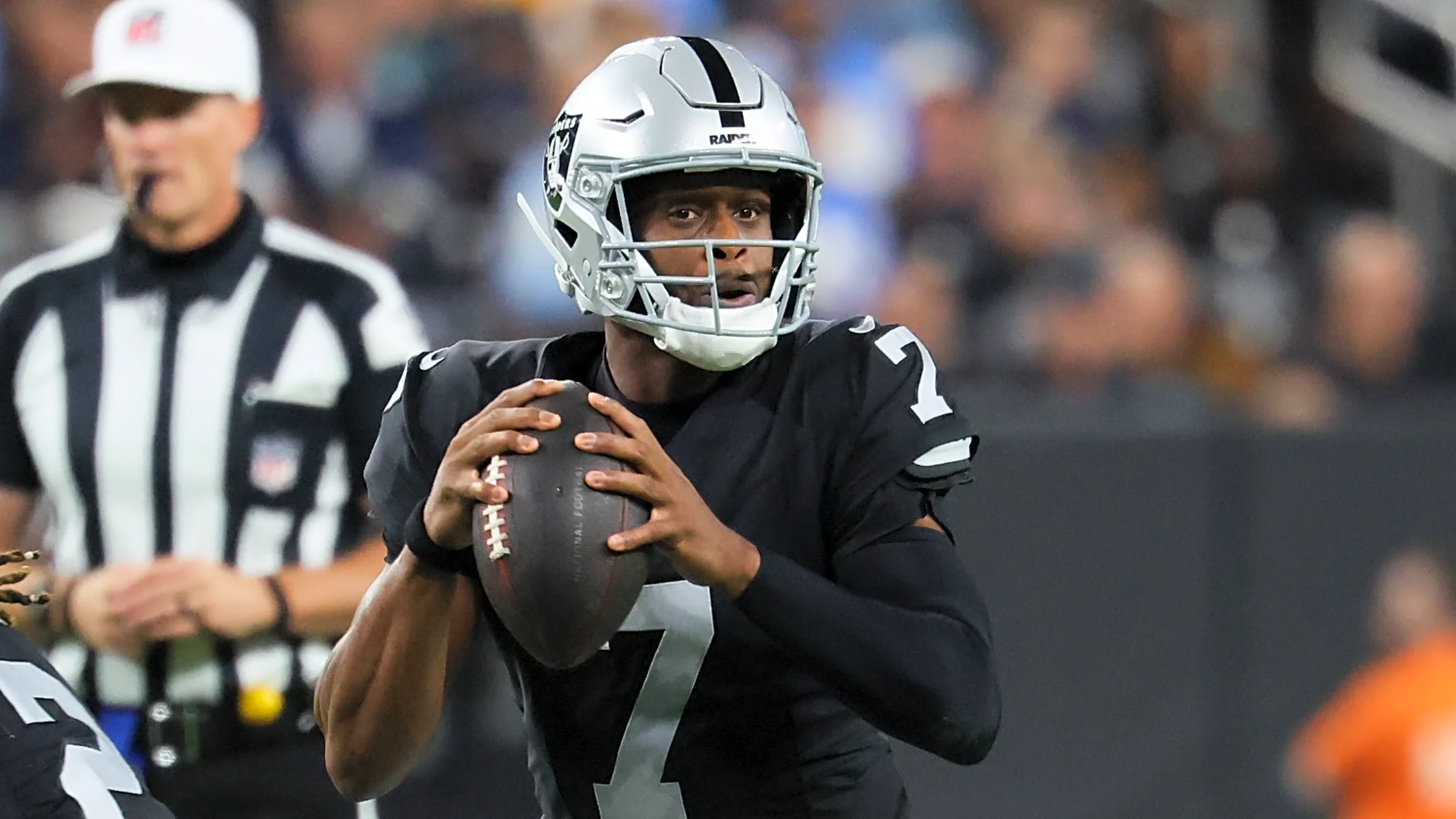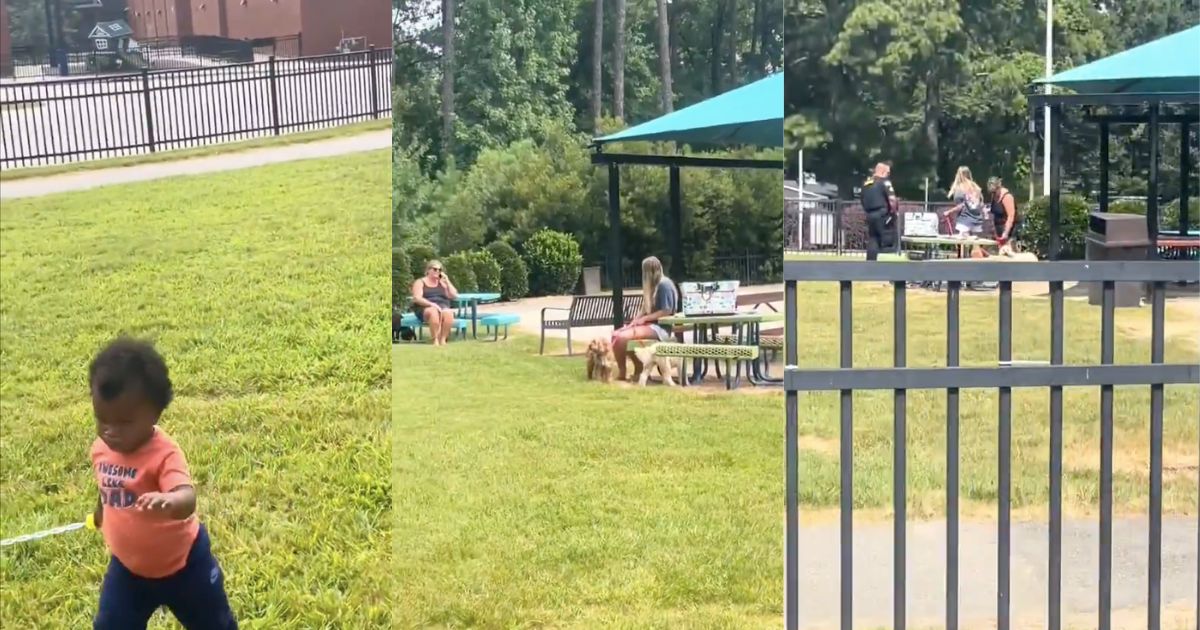By James Rodger
Copyright birminghammail

The DVSA has issued an alert to drivers who break down suddenly on motorway. The DVSA told road users, motorists and drivers to “be prepared” in case their car suddenly breaks down whilst on the motorway. Posting on X, the DVSA stated: “Would you know what to do if your vehicle broke down on the motorway? If you can’t reach a place of relative safety, you should: stay in your vehicle; keep your seat belt and hazard warning lights on; call 999 immediately.” Rule 275 of the Highway Code declares: “If you need to stop your vehicle in the event of a breakdown or incident, try to stop in a place of relative safety. A place of relative safety is where you, your passengers and your vehicle are less likely to be at risk from moving traffic. READ MORE UK households told ‘switch lights off’ with epidemic spreading across England “The safest place to stop is a location which is designed for parking. On motorways and other high-speed roads, the safest place to stop is a service area.” It adds: “Be aware that hard shoulders provide less protection than other places of relative safety because they are so close to high-speed traffic. “You and your passengers should, where possible, keep well away from your vehicle and moving traffic. Otherwise moving traffic could collide with your vehicle, forcing it into you and your passengers.” Rule 276 of the Highway Code also recommends to place a warning triangle on the road at least 45 metres (147 feet) behind your broken-down vehicle on the same side of the road, or use other permitted warning devices if you have them. Always take great care when placing or retrieving them, but never use them on motorways If possible, keep your sidelights on if it is dark or visibility is poor. Warn other traffic by using your hazard warning lights if your vehicle is causing an obstruction. Get your vehicle off the road if possible. At night or in poor visibility do not stand where you will prevent other road users seeing your lights. Help other road users see you by wearing light-coloured or fluorescent clothing in daylight and reflective clothing at night or in poor visibility. Do not stand (or let anybody else stand) between your vehicle and oncoming traffic.



